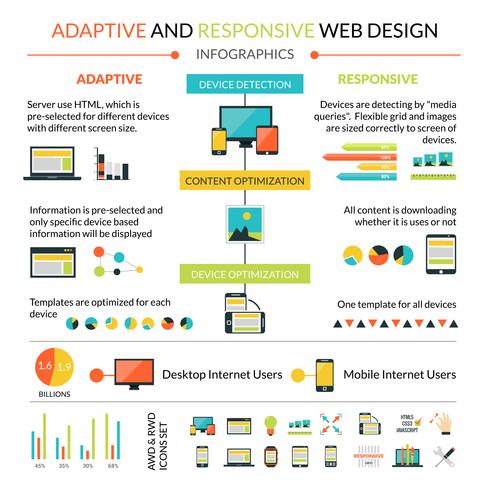Core Concepts Of Web Site Design: Guidance For Crafting A User-Friendly Online Visibility
Core Concepts Of Web Site Design: Guidance For Crafting A User-Friendly Online Visibility
Blog Article
Short Article By-Hall Thorpe
When it concerns site layout, ensuring user-friendliness is crucial. From receptive design to structured navigation, every component plays an important duty in producing a site that caters to your target market's requirements. But what concerning the finer information that can make or damage a user's browsing experience? Remain tuned as we uncover some often-overlooked pointers that can elevate your internet site's use to the next level, making it truly stand out in the electronic landscape.
Importance of Responsive Style
Receptive design is an essential element of contemporary web site development. Ensuring your internet site is responsive methods that it can adapt to different display dimensions and gadgets, offering a smooth experience for users.
With the raising use of smartphones and tablet computers to access the net, having a receptive layout is essential for reaching a broader audience. It aids in improving user experience by making your site easy to navigate and continue reading any gadget.
Additionally, responsive style can favorably impact your internet search engine rankings, as search engines like Google focus on mobile-friendly internet sites. By having a responsive layout, you're also future-proofing your website, as new tools with varying display dimensions continue to emerge.
Simplify Navigation Structure
To boost user experience and assist in simple access to details on your web site, streamlining the navigation framework is critical. When designing local search optimisation , focus on developing a clear and instinctive navigating menu that assists visitors find what they're searching for swiftly.
Restriction the number of menu things to the basics, organizing associated web pages with each other to avoid frustrating customers. Use detailed tags that clearly suggest the web content of each web page, making it easier for individuals to recognize where each link will take them.
Take into consideration implementing dropdown menus for subcategories to avoid cluttering the main navigation bar. Additionally, consist of a search bar plainly on the web page for individuals that prefer searching for specific information.
Focus on mobile responsiveness in your navigating design to ensure simple access on all gadgets.
Enhance Web Page Load Rate
Improving web page load rate is important for keeping visitors on your website. Slow-loading web pages discourage users and can bring about high bounce rates. To maximize page load speed, begin by optimizing pictures. Press photos without jeopardizing high quality to reduce their documents dimensions.
Additionally, enable internet browser caching to store regularly accessed sources locally, quickening tons times for returning visitors. Minify CSS, JavaScript, and HTML documents by getting rid of unnecessary characters, remarks, and format, improving load rate.
Think about utilizing a material shipment network (CDN) to disperse your site's web content across several servers worldwide, lowering latency for users accessing your website from various locations. source for this article but not least, limit making use of third-party manuscripts and plugins, as they can significantly influence load times.
Conclusion
Finally, by integrating receptive design, simplifying navigating, and optimizing page tons rate, you can create an user-friendly website that attract a wider audience and boosts individual experience. These essential elements make certain that site visitors can easily accessibility and navigate your site throughout different tools, causing enhanced engagement and satisfaction. By concentrating on these essential aspects, you can develop an effective website that maintains users returning for more.
